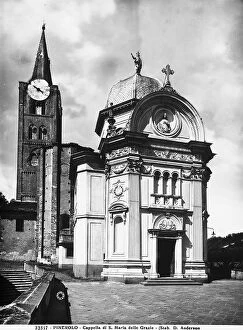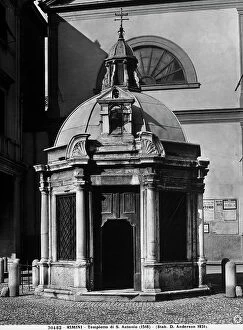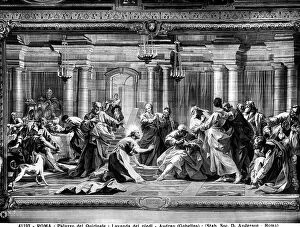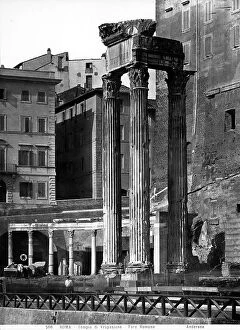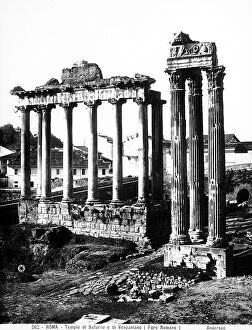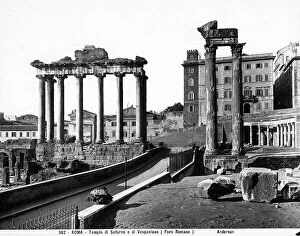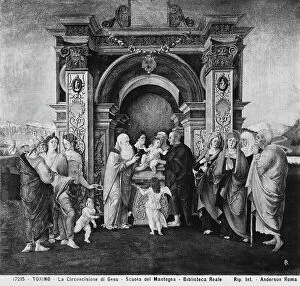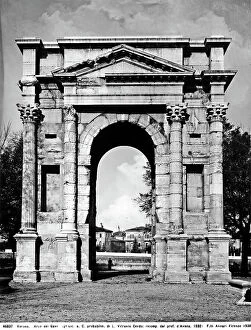Entablature Collection (page 3)
The entablature, a defining feature of classical architecture, is beautifully showcased in various iconic structures around the world
All Professionally Made to Order for Quick Shipping
The entablature, a defining feature of classical architecture, is beautifully showcased in various iconic structures around the world. From the grandeur of the Al Khazneh Temple in Petra, Jordan to the exquisite San Pietro in Montorio's Tempietto built by Donato Braman, these architectural marvels highlight the timeless elegance of this element. One cannot discuss entablatures without mentioning the Parthenon in Athens, Greece. This ancient masterpiece stands as a testament to Greek art and showcases an intricately designed entablature that has captivated visitors for centuries. The Athenian Treasury at Delphi also boasts a stunning example of this architectural feature dating back to 510-480 B. C. Moving beyond Greece, Arras Cathedral in Nord-Pas-de-Calais-Picardie, France offers breathtaking views of both its dome and apse. These vantage points allow visitors to appreciate how an they are enhance the overall aesthetic appeal of a structure. Further east lies Heliopolis or Baalbek, an ancient Syrian city now located in Lebanon. Here lie the ruins of the Temple of Jupiter or Sun which once featured an impressive entablature that served as a visual representation of power and grandeur. To truly understand and appreciate classical orders such as Doric entablatures, one can turn to Charles Lawrie's engraved illustrations found within Architecture I: Orders of Architecture. These detailed depictions provide valuable insights into their design principles and historical significance. Whether it be through exploring famous landmarks like Al Khazneh Temple or studying artistic renderings like Lawrie's engravings, we are reminded that they are not just mere structural elements but rather intricate works of art that continue to inspire awe across different cultures and time periods.



